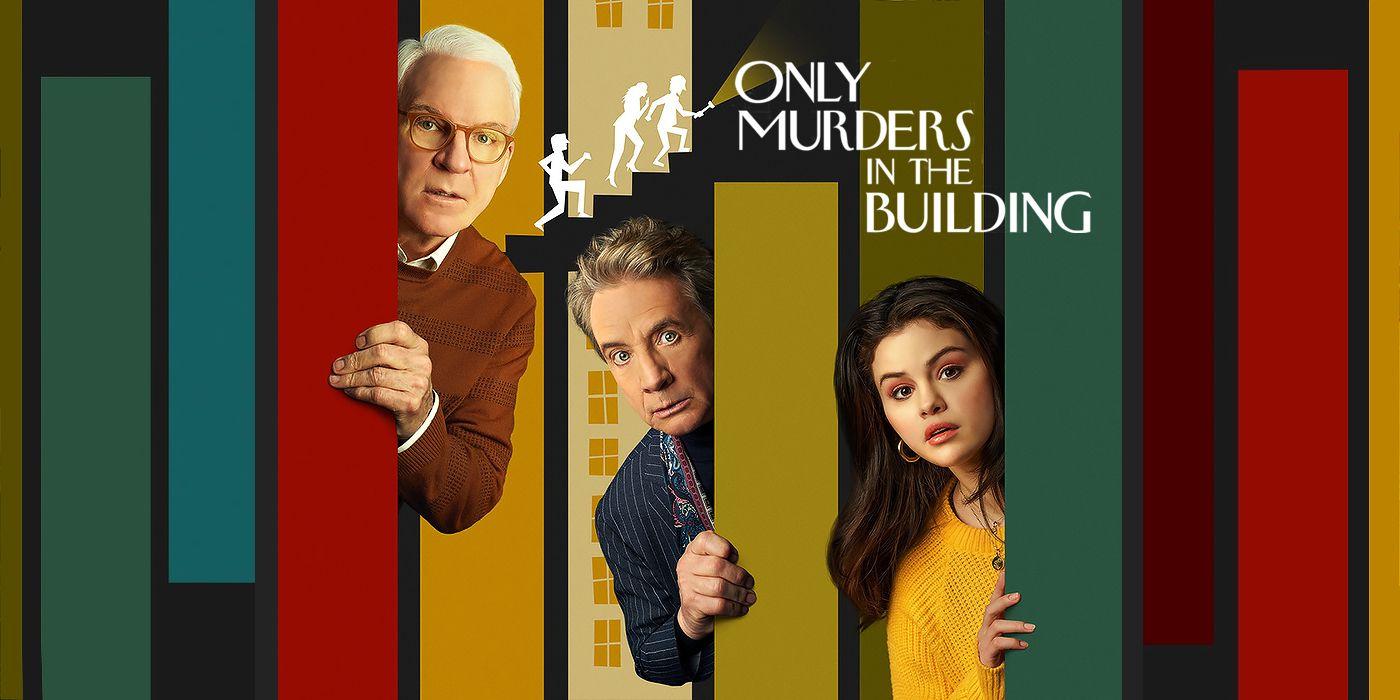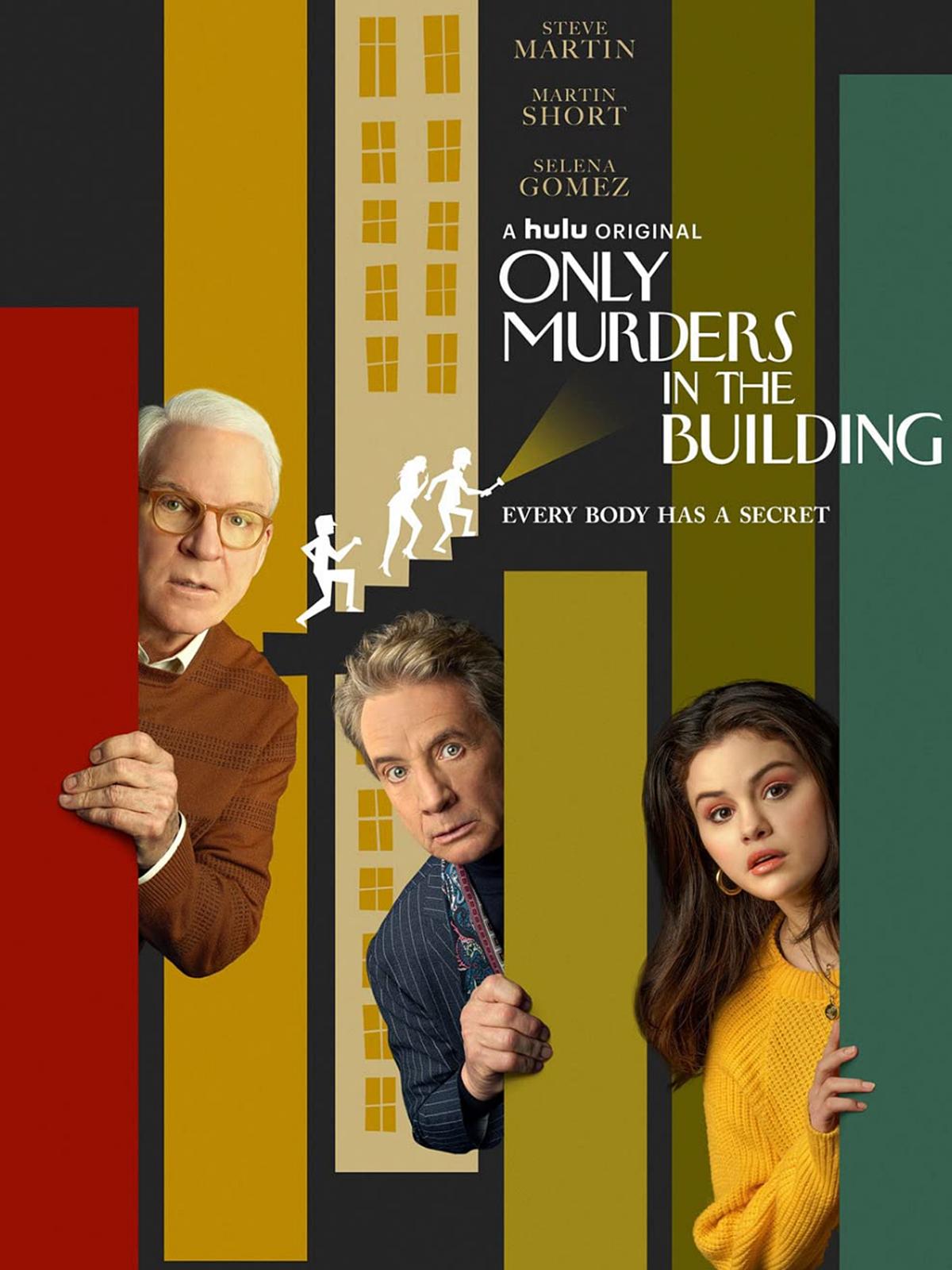In the bustling tapestry of modern television, where crime dramas often lean into the adrenaline of high stakes and swift justice, “Only Murders in the Building” emerges as a masterclass in nuance and emotional depth. Set against the vibrant backdrop of New York City, this series transcends the typical whodunit framework by weaving intricate emotional narratives into its core. The creators have crafted a delicate balance, blending humor and suspense with poignant emotional beats that resonate deeply with audiences. This article delves into the meticulous ways in which “Only Murders in the Building” navigates its emotional moments, exploring how the show manages to strike a chord with viewers, leaving a lasting impression long after the credits roll. Join us as we unravel the emotional tapestry of this modern classic, and discover how its creators skillfully handle the heartstrings of their audience with precision and care.
Balancing Humor and Heart: A Deep Dive into Emotional Storytelling
In the realm of mystery-comedy, “Only Murders in the Building” stands out by weaving humor seamlessly with genuine emotional depth. The series, led by the unlikely trio of Steve Martin, Martin Short, and Selena Gomez, cleverly balances laugh-out-loud moments with heartfelt storytelling. This delicate balance is achieved through its rich character development and intricate plotlines. The show captures the complexities of human emotions by diving into each character’s personal struggles, from loneliness to the search for belonging, making viewers empathize with their journeys.
- Character Depth: Each protagonist is meticulously crafted, revealing layers of vulnerability beneath their comedic exteriors. The series uses humor not just as a tool for entertainment but as a mechanism to peel back these layers, allowing audiences to connect with the characters on a deeper level.
- Emotional Resonance: Moments of poignancy are often underscored by a witty remark or a comedic twist, maintaining the show’s light-hearted tone while delivering impactful messages about friendship, trust, and redemption.
The writers masterfully intertwine the absurd with the profound, ensuring that every joke serves a greater narrative purpose. This approach not only keeps the audience engaged but also enriches the storytelling, making “Only Murders in the Building” a standout in emotional storytelling.

Character Vulnerability as a Catalyst for Connection
In “Only Murders in the Building,” vulnerability is not just a narrative device but a profound catalyst for genuine human connection. The show crafts its emotional tapestry by peeling back the layers of its main characters—Charles, Oliver, and Mabel—revealing their flaws and insecurities. This openness fosters an environment where the characters are not just solving a mystery but are also healing their own emotional wounds. By allowing the audience to witness these intimate moments, the series creates a space where viewers can relate to the characters on a deeply personal level.
- Charles grapples with his fading career and loneliness, making his interactions with others more poignant and sincere.
- Oliver faces financial instability and personal failures, which adds depth to his quest for redemption and acceptance.
- Mabel struggles with past traumas and trust issues, making her journey towards friendship and understanding particularly compelling.
These vulnerabilities are not weaknesses but rather the bridges that connect the trio to each other and the audience. By embracing their imperfections, the characters transform their weaknesses into strengths, making their journey not just a mystery to solve, but a testament to the power of empathy and understanding.

Mastering the Art of Subtlety in Dramatic Scenes
In the world of storytelling, few series manage to blend humor and tension as seamlessly as “Only Murders in the Building.” This show excels at crafting emotionally charged scenes that linger in viewers’ minds, thanks to its masterful use of subtlety. The creators employ a combination of nuanced performances, clever dialogue, and meticulous pacing to evoke profound emotional responses without resorting to melodrama. By allowing emotions to simmer just beneath the surface, they create a rich tapestry of human experience that resonates deeply with audiences.
Key techniques that contribute to this delicate balance include:
- Subtle Performances: The actors bring a restrained intensity to their roles, conveying deep emotions through slight changes in expression and tone.
- Thoughtful Dialogue: Conversations are crafted with precision, often leaving much unsaid, which invites viewers to read between the lines.
- Controlled Pacing: The narrative unfolds at a deliberate pace, allowing emotional beats to land with greater impact.
By focusing on these elements, “Only Murders in the Building” transforms its dramatic scenes into powerful moments of connection and understanding, proving that sometimes, less truly is more.

Crafting Relatable Emotions through Authentic Dialogue
In the intricate world of “Only Murders in the Building,” emotional authenticity is masterfully woven through dialogue that resonates with the audience. The show’s creators employ a deft balance of humor and sincerity, allowing viewers to connect deeply with its characters. The key to this emotional resonance lies in how characters express vulnerability through conversations that feel both genuine and spontaneous. Whether it’s Charles’ dry wit masking his insecurities or Mabel’s guarded yet poignant reflections, each line is crafted to reveal layers of personality and history.
- Natural Cadence: Dialogue flows in a way that mirrors real-life exchanges, with interruptions and overlaps that add depth.
- Emotional Nuance: Characters often speak in subtext, conveying complex emotions without overt exposition.
- Relatable Humor: The show uses humor to tackle serious themes, making the emotional moments more impactful and relatable.
By allowing the characters’ voices to remain true to their experiences, “Only Murders in the Building” creates a tapestry of emotions that is both engaging and profoundly human. This approach not only enriches the narrative but also invites viewers to explore their own emotional landscapes.




